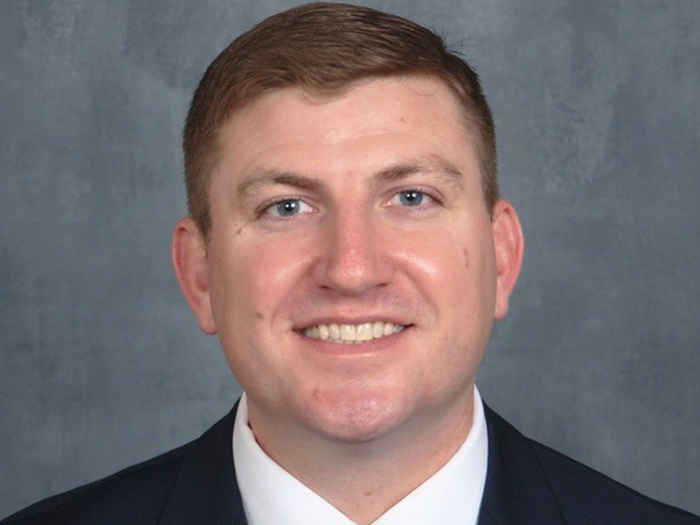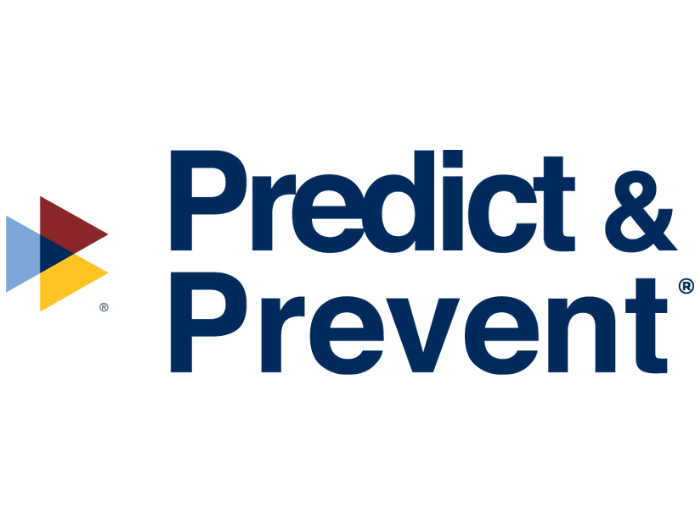Why Jeopardy Contestant James Holzhauer Is a Prime Example of Best Risk Management Practices
Between 5 and 10% of Americans have a mild form of color blindness. Men are much more likely than women to be colorblind, because the gene is inherited on the X chromosome.
About 7% of Americans have aviophobia, an intense fear of flying. As many as 30% are either afraid to fly or anxious about boarding an airplane.
From a risk management perspective, fear of flying is nonsense. In the United States, 700 million people fly on 33,000 daily flights. We lose about 100 people a year in airplane crashes, virtually all on non-commercial aircraft.
This compares to 1,000 deaths annually in bicycle accidents, 1,500 in accidents involving guns, 3,000 in complications from medical procedures, 5,000 in accidental drownings and 70,000 from opioid overdoses.
When this information is given to a fearful flyer, it can’t be seen. This is evidence that we deal with a form of color blindness when people view the spectrum of risk.
Medical research tells us that being colorblind does not mean people can’t distinguish colors. Some just don’t see as many colors as the rest of us. They typically can’t tell the difference between the colors red and green or blue and yellow. In rare cases, they see in only black and white.
Risk management research, not to mention daily interactions with others, similarly informs us that many people can’t distinguish colors when making decisions about risk. In not-so-rare cases, they deal only in black and white.
In the medical realm, there was no treatment for color blindness until ophthalmologists understood the condition and developed colorblind glasses. They don’t cure the malady, but they help colorblind people better navigate their world. (You can see them in action here.)
Outside the medical world, risk managers are seeking new techniques to help people and organizations see through new lenses the realities of an increasingly complex world.
To support this effort, I nominate James Holzhauer for a risk management ophthalmology award for his work on Jeopardy. The show was first seen on television in 1964 and has run continuously since 1984. Contestants pursued a variety of risk management strategies. We applauded some and were perplexed by others.
Using a time-worn but still effective SWOT analysis, Holzhauer brought a unique vision to Jeopardy:
- He had a superior grasp of knowledge compared to other likely contestants. He could press the button faster.
- He had no weaknesses in this environment. He’s a professional sports gambler who deals with risk every day. Other contestants may be smart, but they’re less likely to respond quickly in tense situations.
- He could maximize his strengths and the weaknesses of others with an aggressive, attacking style of play.
- He could minimize danger using a steady course where he did not get carried away by success or overestimating the weaknesses of others.
His ability to see the colors in the full picture of risk produced a successful outcome that will benefit him for years after he leaves Jeopardy.
Holzhauer gives us a recent risk ophthalmology lesson. Bill Gates, Steve Jobs and Reed Hastings — Microsoft, Apple and Netflix respectively — previously saw vibrant colors of risk and opportunity.
Even if we’re not the superior contestant in terms of basic ability, we can look for the true color as we deal with the risks we face.
A personal note to finish: My wife thinks I’m colorblind even though I passed an ophthalmology test showing I can distinguish a full spectrum of color. She asks, “If you’re not colorblind, how could you think that tie matches your pants?”
I decline to accept the risk of clothing that does not match. Whatever my personal infirmity with vision, my wife picks out my work outfits.
This is an encouragement for people and organizations to get help to see all the colors in their risk environment. &










